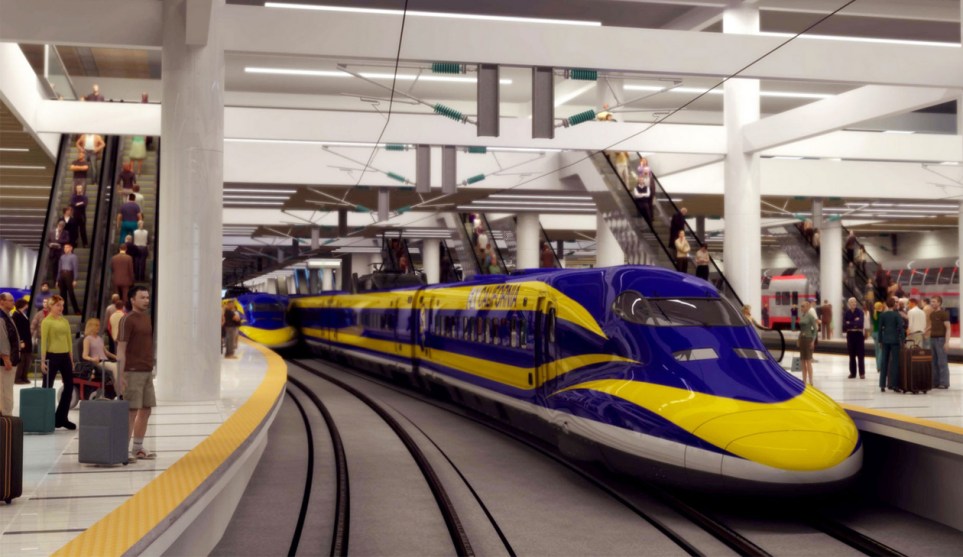
California High-Speed Rail Authority
The other shoe dropped today on the latest cost increase for California’s bullet train:
The price of the California bullet train project jumped sharply Friday when the state rail authority announced that the cost of connecting Los Angeles to San Francisco would be $77.3 billion and could rise as high as $98.1 billion — an uptick of at least $13 billion from estimates two years ago. The rail authority also said the earliest trains could operate on a partial system between San Francisco and Bakersfield would be 2029 — four years later than the previous projection. The full system would not begin operating until 2033.
I think that if the rail authority says the cost “could” rise to $98 billion, we can take that to the bank. This means that the new minimum estimate for the train is now $98 billion, up from $33 billion a few years ago. And there’s still no funding source for even a fraction of that. Nor is there likely to ever be unless the state legislature ponies up taxpayer dollars to build it out.
And of course, the estimates of ridership and travel time remain completely unrealistic, just as they’ve always been. Other than that, things are going swimmingly.















